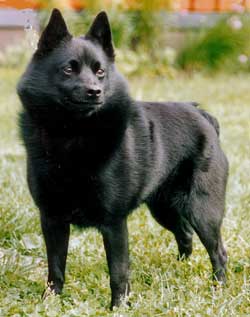The Miniature Pinscher originated in Germany where its history goes back over many hundreds of years. It was originally a barnyard ratter. It is often called the Reh Pinscher in Germany because its appearance is similar to a native species of miniature deer. They are called the Miniature Pinscher in the U.S.A because their appearance is very similar to a “miniaturized Doberman Pinscher.” However, there is no genetic relationship between these two breeds. The Min Pin is wonderful with children and in a family environment. It is also very territorial and possessive. Therefore, it makes an excellent family watch dog. This breed is small and has a sleek appearance, yet it is very “thick boned.” This characteristic gives it a different requirement for bone building minerals per pound of body weight than other “small” breeds that are more fragile or “thin boned.”
Food supplies from this breed’s native environment would have been sugar beet, potato, cabbage, and meats from pork, venison, and rodents. For the Miniature Pinscher I recommend commercial foods that are a blend of horse meat, beef, wheat, potatoes, yellow corn, and beet pulp. However, you should avoid feeding a commercial dog food that contains any ocean fish, soy, or rice to this breed.
What to Feed your Schipperke
The Schipperke Developed in Flanders before the 12th century. This small lowland country became part of Belgium in 1830. The Schipperke was a barge dog and companion to the boatman who worked the channels of this lowland country for centuries. the name Schipperke in Flemish means ” little boatman.” This breed also served as a ratter and carriage dog in the towns along the channels.
A very active breed of dog, it burns calories at an exceptionally high rate on a per pound basis when compared with many lethargic breeds. Today’s Schipperke is also one of the few breeds that lives an average of 15 to 16 years of age. Such longevity is a very rare to this breed’s efficient utilization of food and to its high activity level, which keeps it in good shape.
Native food supplies for this breed would have consisted of both ocean and fresh water fish, dairy cattle, grains from the barges, beets, and other low ground type vegetables.
for the Schipperke I recommend commercial foods that contain an equal amount of beef blended with fish. The food also should contain wheat, oats yellow corn, and beets. I also feel you should avoid feeding a Schipperke any soy, avocado, white rice, lamb or citrus products.






